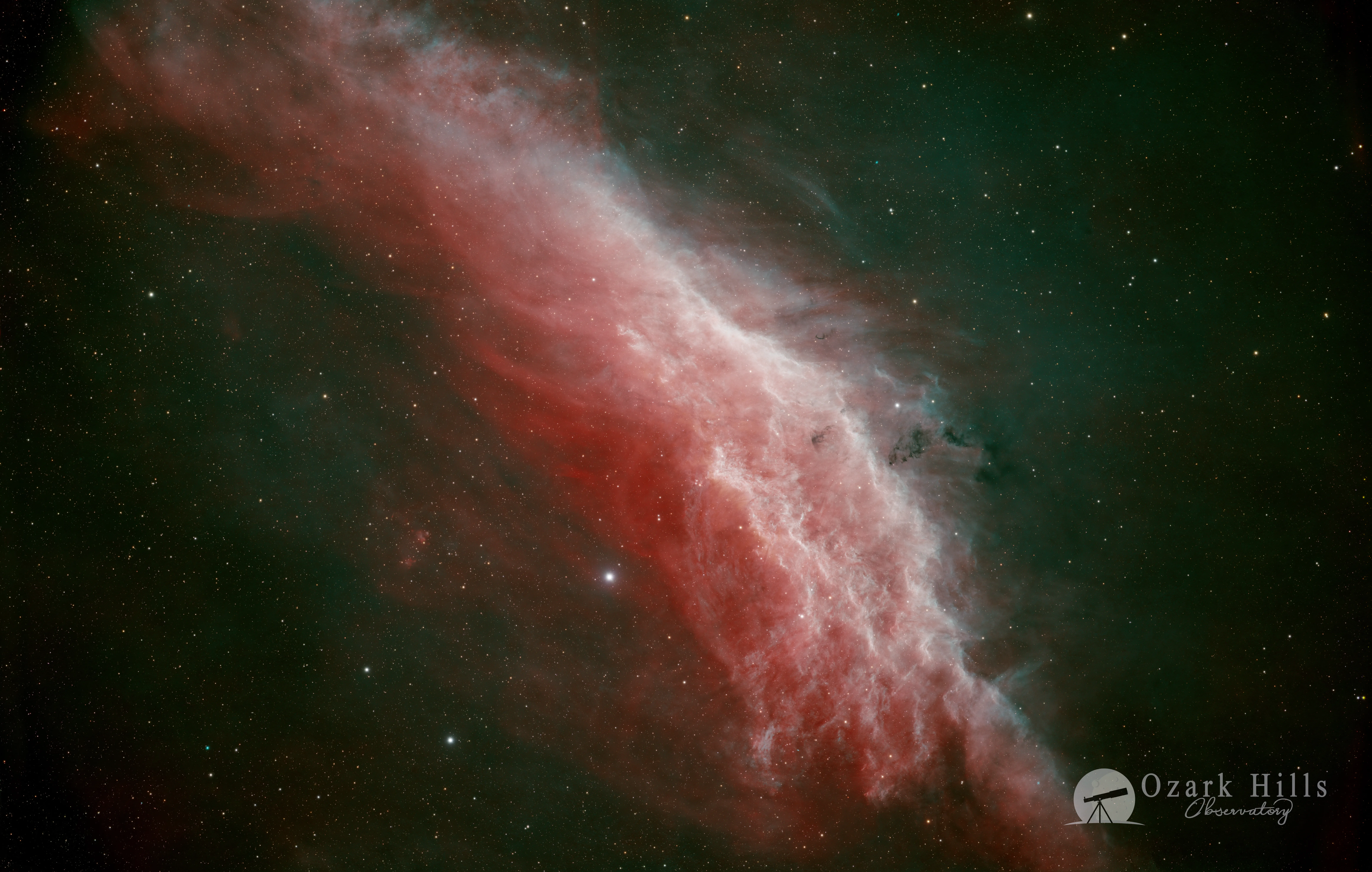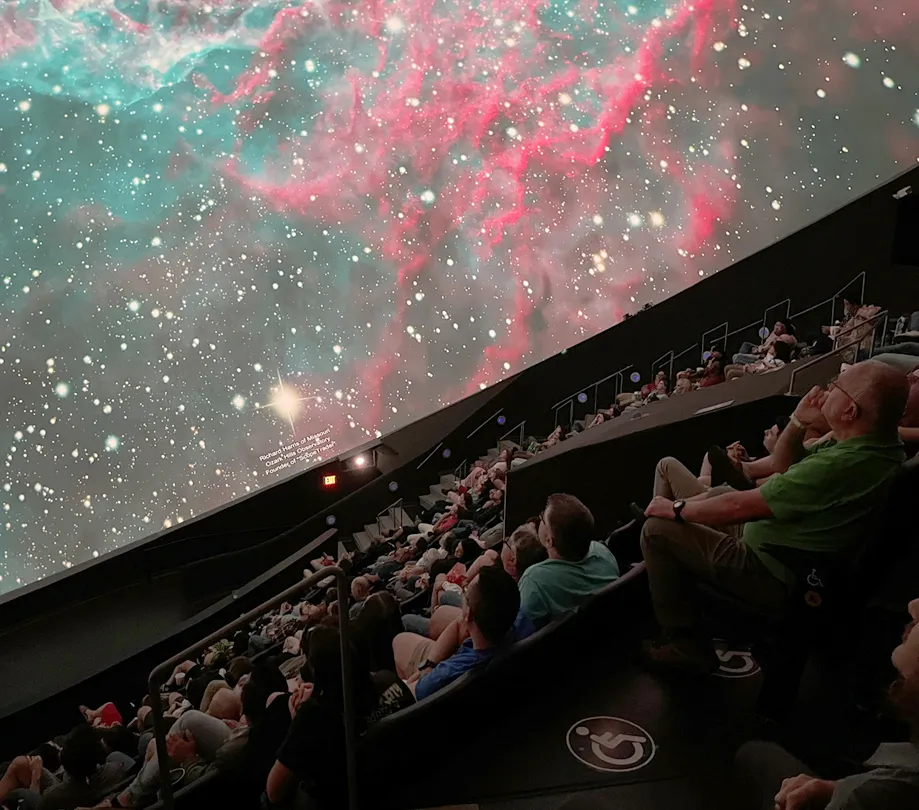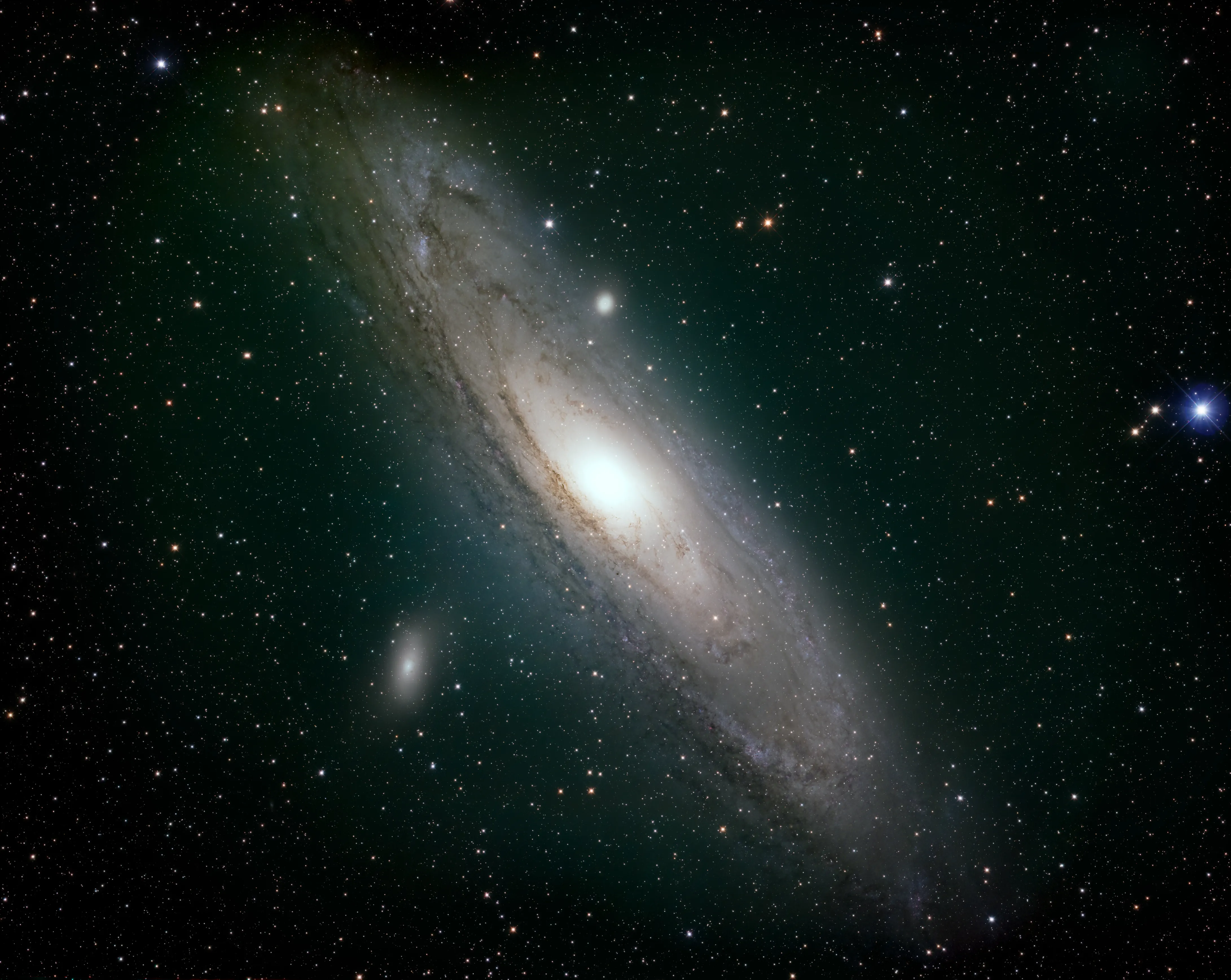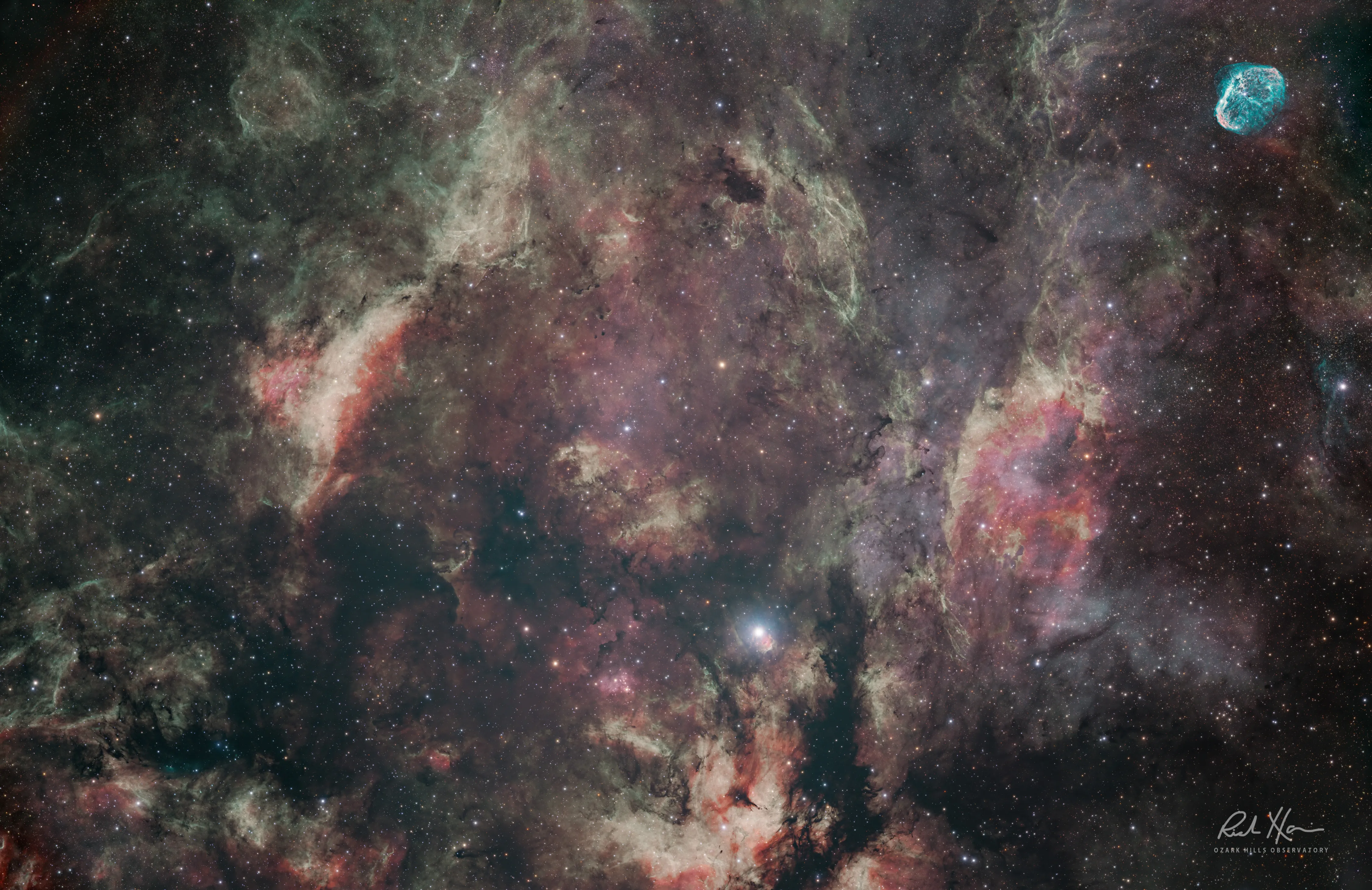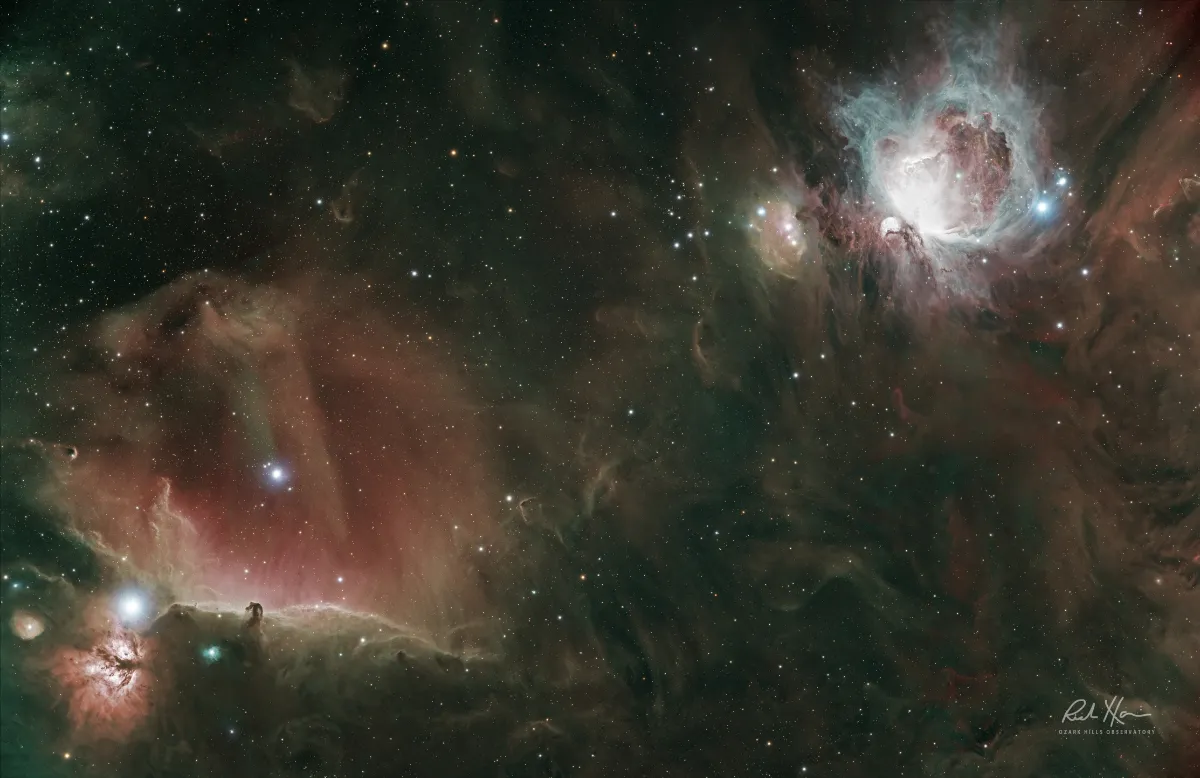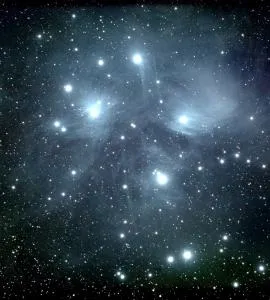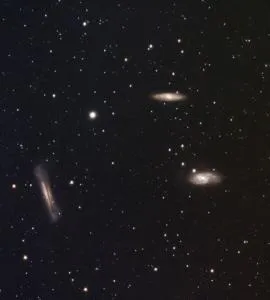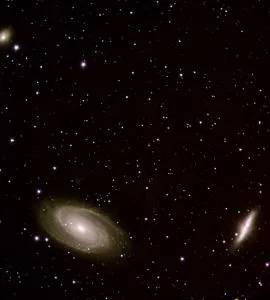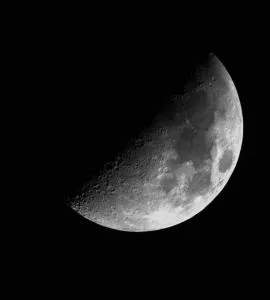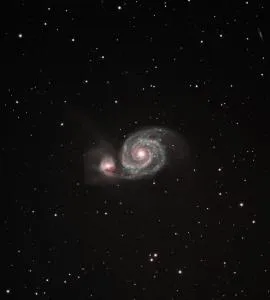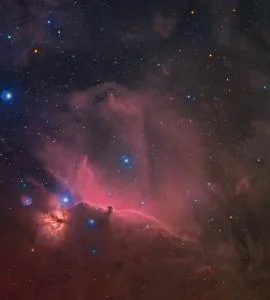M81 and M82 galaxies astrophoto through a TEC APO180FL telescope
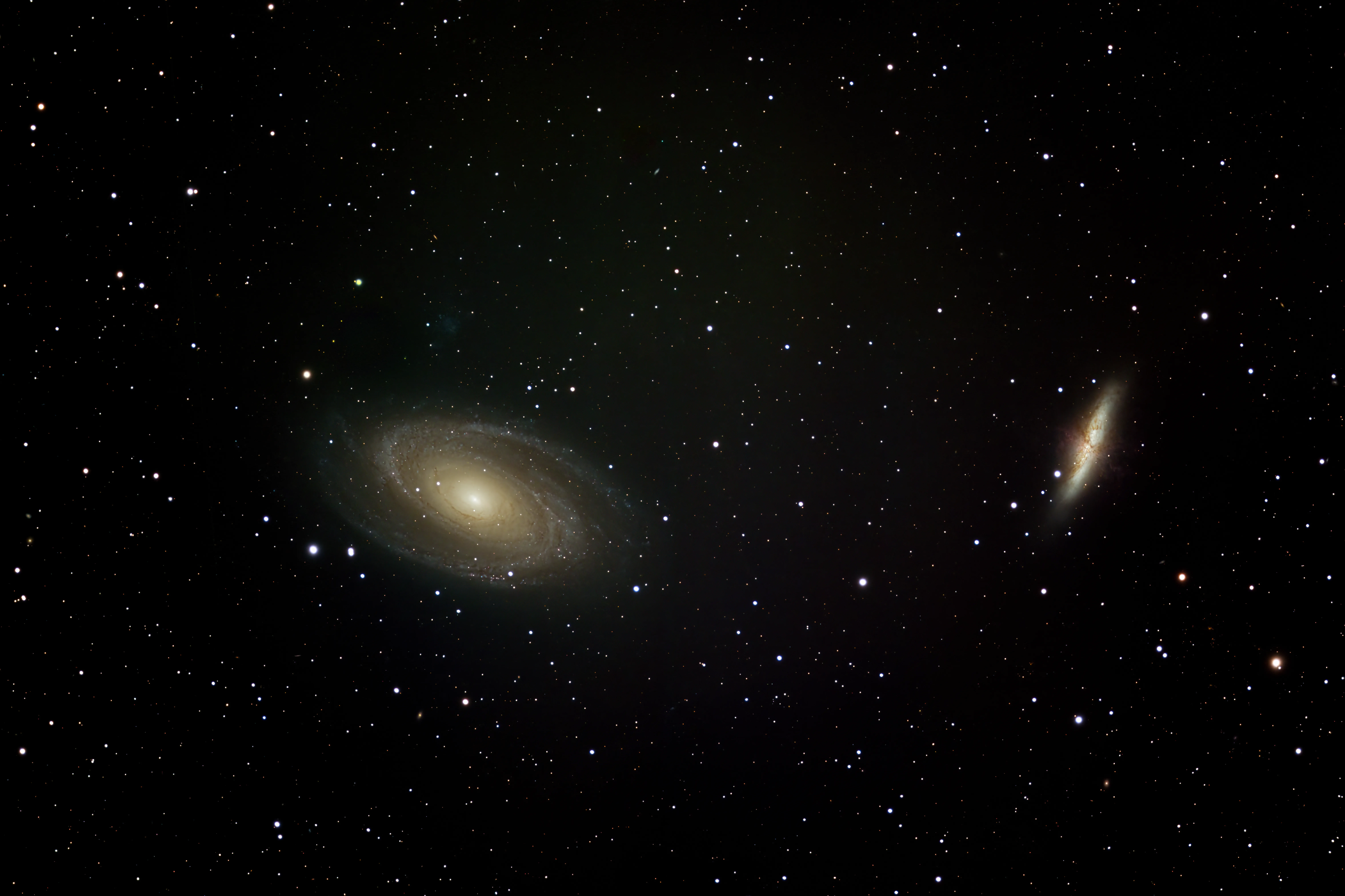
A relatively brief observation, lasting just 3 hours, captured two galaxies nestled together: M81 (also known as Bode's Galaxy) and M82, utilizing our prized telescope, the TEC APO180FL telescope and ZWO 6200MM.
Imagine floating through space, cruising past stars and nebulae, when suddenly, you stumble upon the cosmic equivalent of an odd couple living next door to each other in the vast celestial neighborhood. Meet M81 and M82, two galaxies that prove even in the universe, neighbors can be as different as chalk and cheese, or in this case, as spirals and cigars.
First up, we have M81, also known as Bode's Galaxy. Named after Johann Elert Bode who discovered it in 1774, this galaxy is like the well-kept, manicured lawn of the cosmos. It's a grand spiral galaxy, swirling in a dance of stars and cosmic dust, showing off its structured arms like a peacock displays its feathers. M81 is the kind of galaxy that would politely nod and wave as you pass by in your spaceship, offering a glimpse into a well-ordered cosmic ballet.
Just a stone's throw away (if you could throw a stone across 150,000 light-years), is M82, the maverick of the pair. Known as the Cigar Galaxy due to its elongated shape, M82 is the universe's version of that wild, eccentric neighbor who experiments with backyard rocketry. This galaxy is a starburst galaxy, a cosmic firework show where stars are born at a rate that would make M81 gasp. It's as if M82 looked at the quiet, orderly life of M81 and said, "Hold my asteroid."

What's fascinating about these two is not just their proximity but their interaction. About 300 million years ago, they had a close encounter of the galactic kind. M81, being the larger of the two, gravitationally tugged at M82, distorting its shape and triggering the frenzied star formation we see today. It's the cosmic equivalent of borrowing a cup of sugar and ending up with a rave in your backyard.
Despite their differences, M81 and M82 make up one of the most intriguing duos in our cosmic neighborhood. Located in the constellation Ursa Major, about 12 million light-years away from us, they offer a spectacular view for amateur astronomers and a rich field of study for astrophysicists. Using telescopes like the Hubble or even high-powered amateur ones, stargazers can catch a glimpse of the galactic dance between order and chaos, structure and creativity.
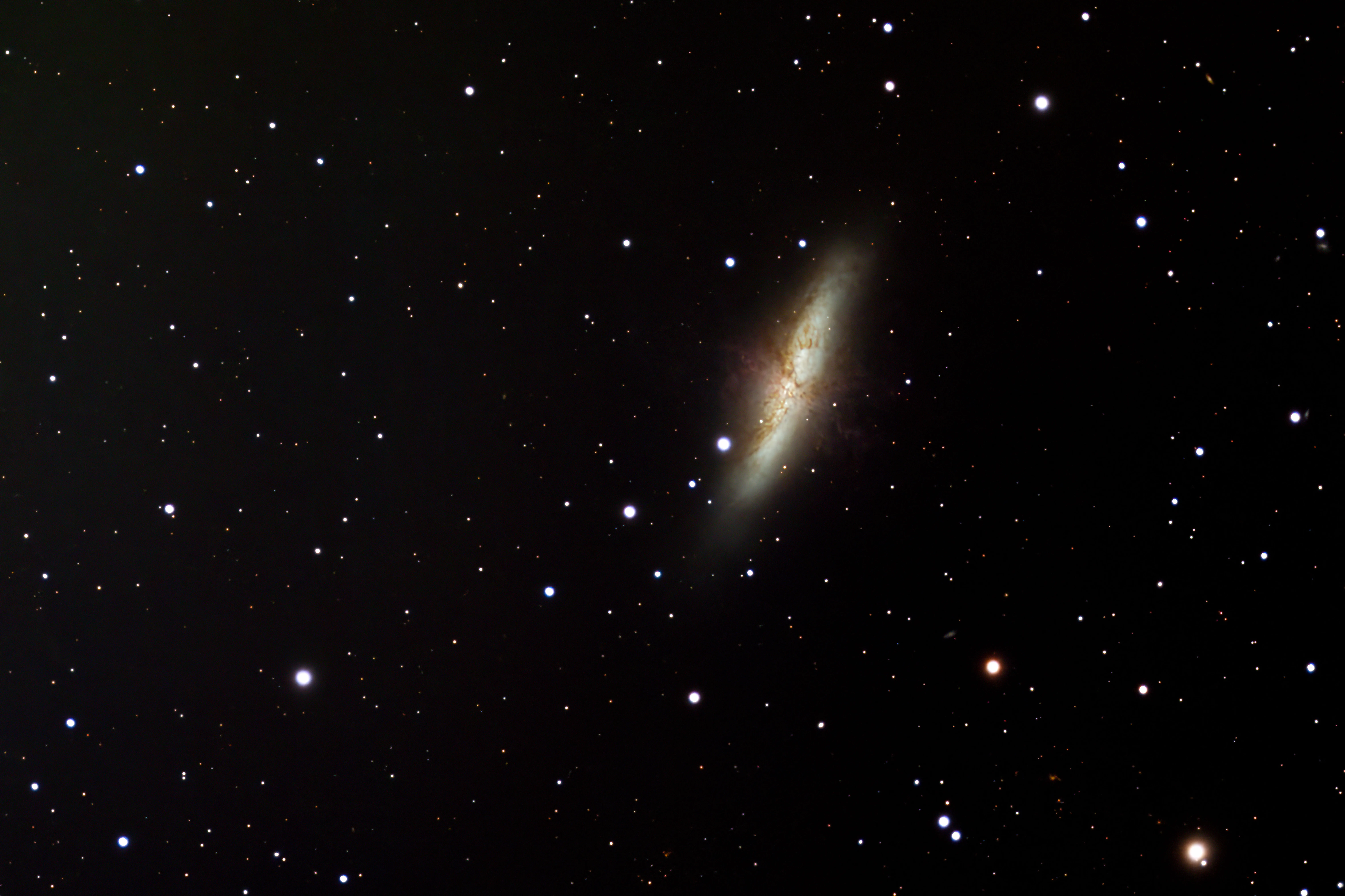
Astrophoto details of M81 and M82 galaxies
Date: Febuary 8th, 2024
Telescope: TEC 180 FL F/7
Mount: RST-300
Camera: ZWO 6200MM, Temp= -20, Gain= 100 / ZWO filters
Guider: ZWO ASI 290 mini as the guide camera, Baader Vario 10X60 Guide Scope
Controller: ASI Air
Acquisition:
5 minutes subs each of RGB.
3 hours total time
Darks/Flats/Bias: (None)
Luminance: (None)
Processing: Pixinsight, Photoshop
Location: Missouri
Bortle: 4
So, next time you look up at the night sky, spare a thought for the cosmic odd couple, M81 and M82. In their vast, starry expanse, they remind us that diversity and interaction can lead to some of the universe's most stunning spectacles. And who knows? Maybe they have their own intergalactic neighborhood watch.
About the Author
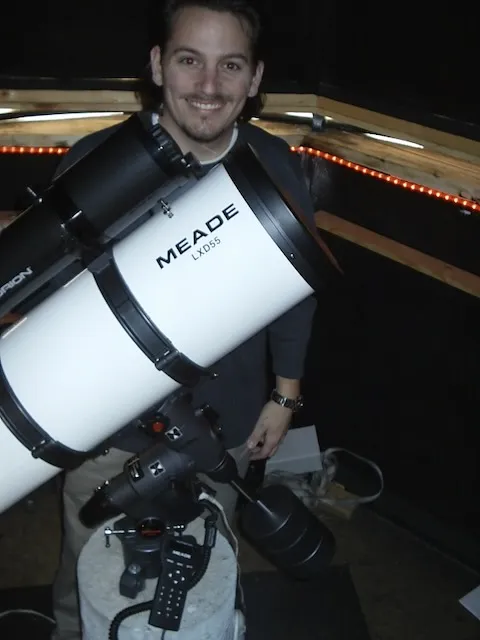
Meet Richard Harris. He is the founder and editor-in-chief of ScopeTrader, with over 30 years of experience in observational astronomy and astrophotography. He serves as the director of the Ozark Hills Observatory, where his research and imagery have been featured in scientific textbooks, academic publications, and educational media. Among his theoretical contributions is a cosmological proposition known as The Harris Paradox, which explores deep-field observational symmetry and time-invariant structures in cosmic evolution. A committed citizen scientist, Harris is actively involved with the Springfield Astronomical Society, the Amateur Astronomers Association, the Astronomical League, and the International Dark-Sky Association. He is a strong advocate for reducing light pollution and enhancing public understanding of the cosmos. In 2001, Harris developed the German Equatorial HyperTune—a precision mechanical enhancement for equatorial telescope mounts that has since become a global standard among amateur and professional astronomers seeking improved tracking and imaging performance. Beyond the observatory, Harris is a serial entrepreneur and founder of several technology ventures, including Moonbeam® (a software company), App Developer Magazine (a leading industry publication for software developers), Chirp GPS (a widely used mobile tracking application), MarketByte, and other startups spanning software, mobile, and cloud-based technologies. Driven by both scientific curiosity and creative innovation, Harris continues to blend the frontiers of astronomy and technology, inspiring others to explore the universe and rethink the possibilities within it. When he's not taking photos of our universe, you can find him with family, playing guitar, or traveling.
